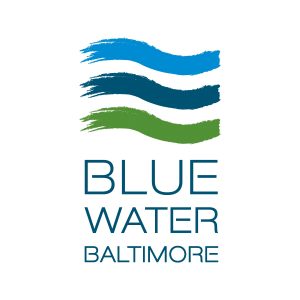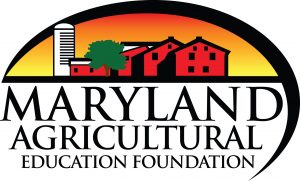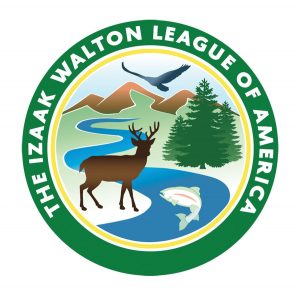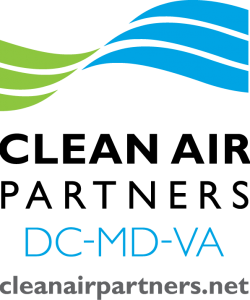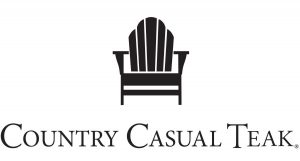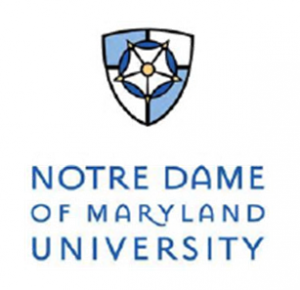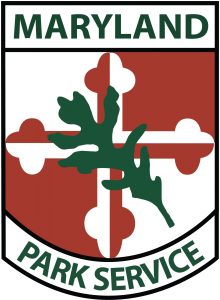Environmental Literacy Helps Protect a Natural Treasure
Environmental Literacy Goal
In the Mid-Atlantic region, the health of the Chesapeake Bay and its tributaries is the centerpiece of environmental work and environmental education. More than 17 million people currently live in the 64,000 square mile Chesapeake Bay watershed; that number is expected to grow to 20 million by 2030. The Chesapeake itself is an economic engine, driving billions of dollars of commerce through shipping, tourism, recreation, fishing, and more. It is critical that students and citizens understand the ecological, economic, and cultural connections between humans and the watershed and realize the impact of actions and decisions made by individuals and governments.
Chesapeake Bay Watershed Agreement
In 1983, to address the Chesapeake Bay’s rapid loss of wildlife and alarming rates of pollution, the original Chesapeake Bay Agreement was signed, recognizing that a cooperative approach was necessary to address the Bay’s pollution problems and strengthening the Chesapeake Bay Program’s role as the organizing agency of the Bay’s restoration efforts. Over the next few decades, this was followed by several more detailed agreements and the addition of stakeholders.
In 2009, President Obama signed an Executive Order on Chesapeake Bay Protection and Restoration recognizing the Chesapeake Bay as a National Treasure and calling on the federal government to lead a renewed effort to restore and protect the nation’s largest estuary and its watershed. In support of this Executive Order, the Mid-Atlantic Environmental Strategy (MAELS) was developed and released in 2012.
It became clear that we needed a new agreement that would accelerate the pace of restoration and align federal directives with state and local goals to create a healthy Bay. Bay Program partners gathered input from citizens, stakeholders, academic institutions, local governments and more to draft an inclusive, goal-oriented document that would address current and emerging environmental concerns. Bay Program partners gathered input from citizens, stakeholders, academic institutions, local governments and more to draft an inclusive, goal-oriented document that would address current and emerging environmental concerns.
On June 16, 2014, the Chesapeake Bay Watershed Agreement was signed. Signatories include representatives from the entire watershed, committing for the first time the Bay’s headwater states to full partnership in the Bay Program. This plan for collaboration across the Bay’s political boundaries establishes goals and outcomes for the restoration of the Bay, its tributaries and the lands that surround them. The Environmental Literacy Goal was formed under the Chesapeake Watershed Agreement with a mission to enable students in the region to graduate with the knowledge and skills to act responsibly to protect and restore their local watershed.
Working Together
Developed by education experts, the Environmental Literacy Goal calls upon federal, state and non-governmental partners to work together to ensure schools across the region have the resources, encouragement and support necessary to provide students with the knowledge and skills to make informed environmental decisions upon graduation. This includes providing all educators in the region responsible for instruction about or in the environment with sustained professional development, tools & resources to provide students with high-quality environmental education, and to ensure all schools have access to the proper tools and training to transform and maintain school buildings, grounds and operations to support positive environmental and human health outcomes.
On This Page
MAELS was developed to support restoration and protection efforts for the Chesapeake Bay.


